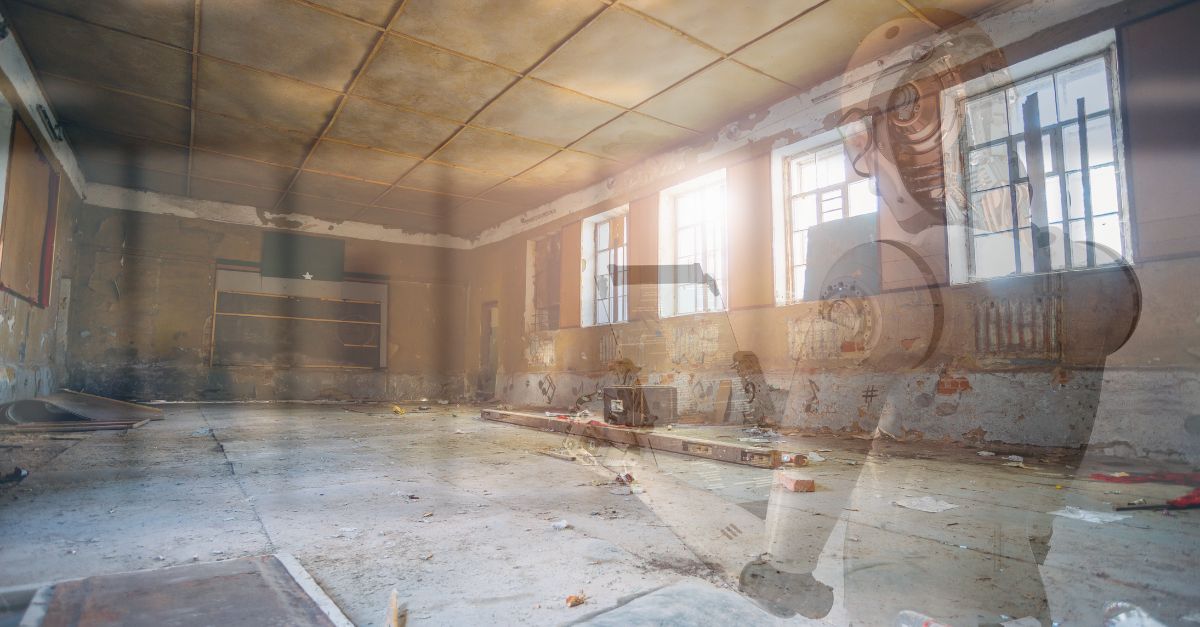Alterations & Improvements. One of the three categories of breach in respect of which damages are claimed in dilapidations.
All too often, advisors assume the validity of claimed reinstatement without closer examination of the salient documentation.
This is not to say that landlord-building surveyors are necessarily making erroneous claims; they may simply assume that what they see as clearly having been an alteration made by the tenant at some point in the past remains an alteration to be reinstated. However, unless clearly codified to the contrary (in the current lease and/or Licences to Alter), the reality is that if an alteration or improvement was made under a previous lease, it becomes part of “the demise” under any renewal lease.
Therefore, landlords and tenants stand to lose out, albeit in diametrically opposed ways.
From a tenant’s perspective, should the advisor(s) assume that reinstatement is validly claimed without closer consideration, the negative outcome is obvious: over-settlement.
From a landlord’s perspective, failure to properly codify reinstatement of alterations (in particular, any made under previous leases) results in less recovery than there should otherwise be.
Common examples of alterations which will (likely) have been done by the tenant but under previous lease(s) which are not referenced in the most recent lease under which the dilapidations claim arises include:
- Full bespoke fit-out (e.g. banking hall, bars/kitchens, etc.)
- Cellularised/partitioned offices (and all the consequential failed reinstatement that could go with this, including suspended ceilings, HVAC, carpets, etc.)
- Mezzanine floors, service/wash bays, extraction equipment/flues, etc, in industrial units
- Sales staircases, escalators, mezzanines, etc, in retail/department stores
- Fit-out generally.
Remember that the landlord bears the burden of proof. Moreover, any potentially valid and prevailing contractual reinstatement provision may be subject to the landlord giving time-limited notice.
Also, bear in mind that if the landlord has claimed for reinstatement erroneously, it is the case on its face that the landlord will do these works to optimise marketability and, in so doing, may well supersede other elements claimed in dilapidations. For example, (re)decorations which will be spoiled by the strip-out works.
At Dilapsolutions, we have the advantage of our building surveyors and valuers uniquely working together under the same banner—usually with trusted lawyers well known to us—so avoiding this common scenario is a reminder of how property professionals work most effectively for clients as a team, liaising throughout until each event (including lease renewals) concludes.
If you're a landlord or tenant and require advice regarding alterations & improvements for a dilapidations claim, please email paul@dilapsolutions.com.

Dilapsolutions
Chartered Surveyors

